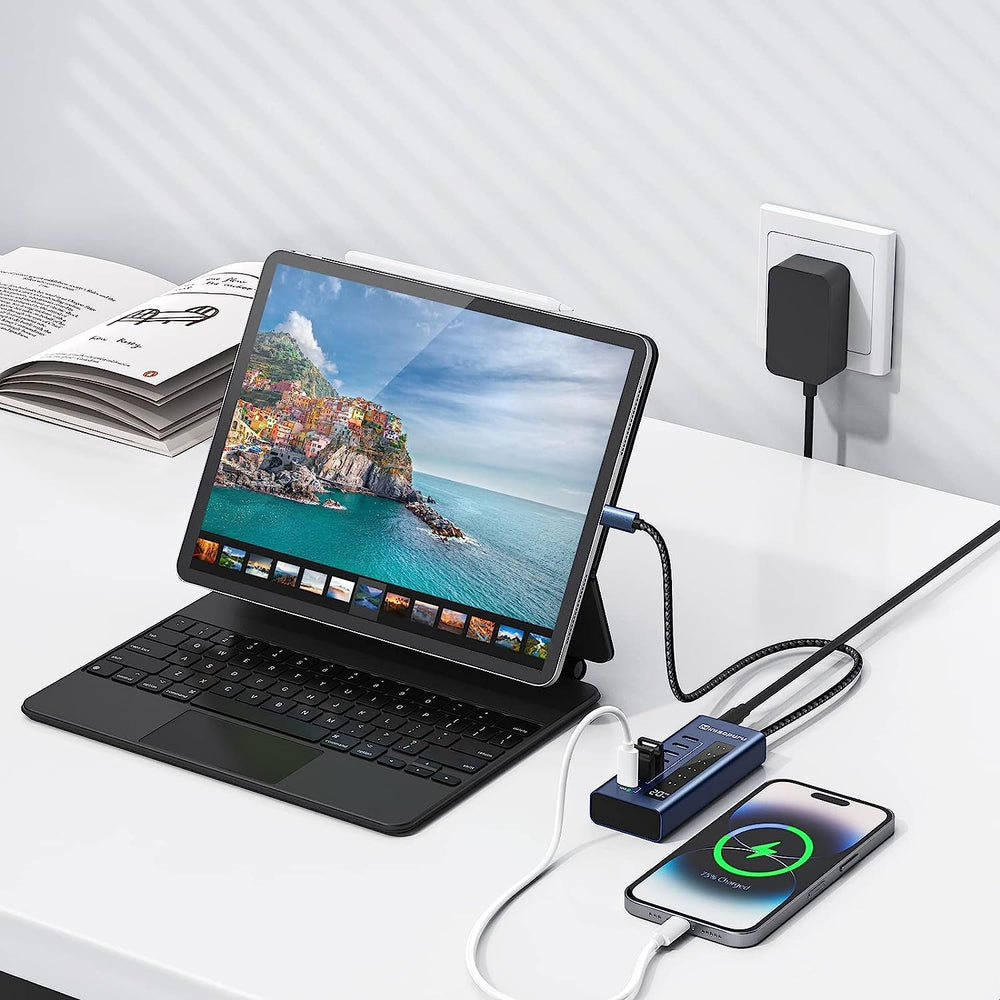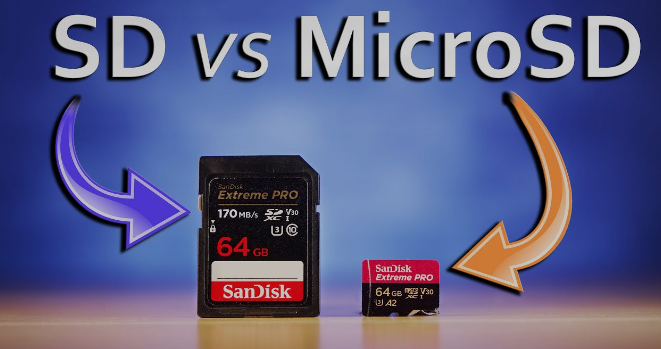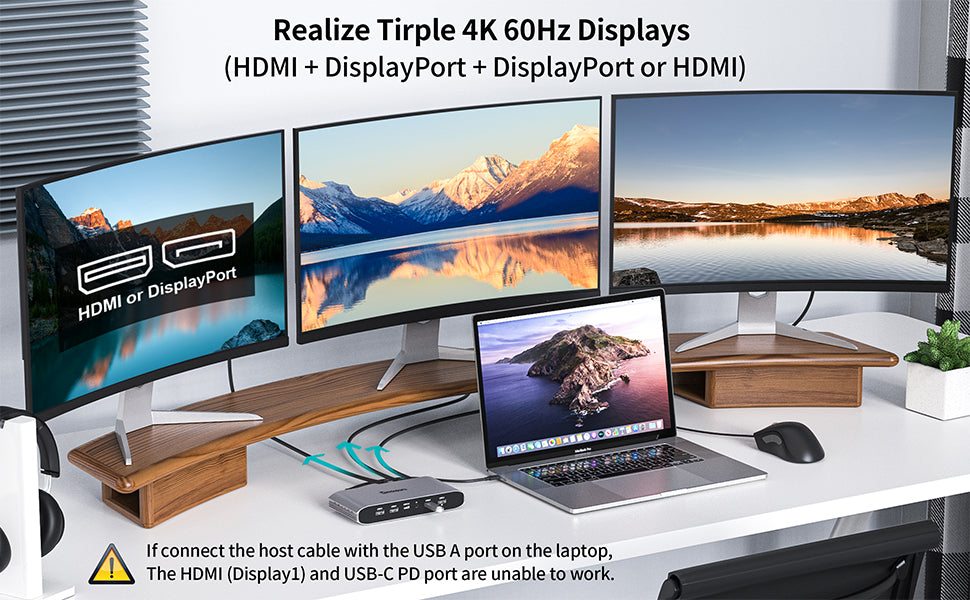USB cables have become an essential part of our daily lives. From charging our smartphones to connecting external devices to our computers, USB cables are used for a variety of purposes. However, not all USB cables are created equal. In this blog post, we will discuss the six most common types of USB cables and their uses.

Here are the six most common types of USB cables and connectors:

Type A: The standard flat rectangular connector found on one end of almost all USB cables. Most computers have multiple USB-A ports for connecting peripherals. You can also find them on game consoles, TVs, and other devices. This cable only plugs in one way.

Type B: A nearly square connector used primarily for printers and other powered devices that connect to computers. They're not as common these days, as most devices have moved to smaller connections.

Mini-USB: A smaller connector type that was standard for mobile devices not too long ago. While not as common these days, you'll still see these on some devices, mostly from Sony. These include cameras, PlayStation 3 controllers, MP3 players, and more.

Micro-USB: Another past standard for mobile and portable devices that has gradually declined in popularity. It's even smaller than mini-USB. While you'll still find micro-USB on some smartphones, tablets, USB battery packs, and game controllers, many have moved to USB-C.

Type-C: This is the newest type of USB cable. It is a reversible connection with higher transfer rates and more power than previous USB types. It can also take into account multiple functions. You'll see it on many modern laptops and smartphones, including MacBooks, Pixel phones, and controllers for the PlayStation 5 and Xbox Series S|X. We'll discuss USB-C in more detail below.

Lightning: This is not a true USB standard, but Apple's proprietary connector for iPhones, AirPods, some iPad models, etc. It's similar in size to USB-C and is standard on most Apple devices released since September 2012. Older Apple devices use a larger 30-pin proprietary connector, while newer iPad Pro models use USB-C. If you're curious, we've covered more about cables, adapters, and ports for Apple devices.
In conclusion, understanding the different types of USB cables available can help you choose the right cable for your device and ensure that it functions properly. Whether you need a cable for charging your smartphone or transferring data between your computer and printer, there is a USB cable type that will meet your needs. USB cables are an essential part of our daily lives, and it is crucial to understand the different types of USB cables and their uses. By knowing which type of USB cable to use for specific devices, we can ensure that our devices are charged and connected efficiently.

Here are the six most common types of USB cables and connectors:

Type A: The standard flat rectangular connector found on one end of almost all USB cables. Most computers have multiple USB-A ports for connecting peripherals. You can also find them on game consoles, TVs, and other devices. This cable only plugs in one way.

Type B: A nearly square connector used primarily for printers and other powered devices that connect to computers. They're not as common these days, as most devices have moved to smaller connections.

Mini-USB: A smaller connector type that was standard for mobile devices not too long ago. While not as common these days, you'll still see these on some devices, mostly from Sony. These include cameras, PlayStation 3 controllers, MP3 players, and more.

Micro-USB: Another past standard for mobile and portable devices that has gradually declined in popularity. It's even smaller than mini-USB. While you'll still find micro-USB on some smartphones, tablets, USB battery packs, and game controllers, many have moved to USB-C.

Type-C: This is the newest type of USB cable. It is a reversible connection with higher transfer rates and more power than previous USB types. It can also take into account multiple functions. You'll see it on many modern laptops and smartphones, including MacBooks, Pixel phones, and controllers for the PlayStation 5 and Xbox Series S|X. We'll discuss USB-C in more detail below.

Lightning: This is not a true USB standard, but Apple's proprietary connector for iPhones, AirPods, some iPad models, etc. It's similar in size to USB-C and is standard on most Apple devices released since September 2012. Older Apple devices use a larger 30-pin proprietary connector, while newer iPad Pro models use USB-C. If you're curious, we've covered more about cables, adapters, and ports for Apple devices.
In conclusion, understanding the different types of USB cables available can help you choose the right cable for your device and ensure that it functions properly. Whether you need a cable for charging your smartphone or transferring data between your computer and printer, there is a USB cable type that will meet your needs. USB cables are an essential part of our daily lives, and it is crucial to understand the different types of USB cables and their uses. By knowing which type of USB cable to use for specific devices, we can ensure that our devices are charged and connected efficiently.




